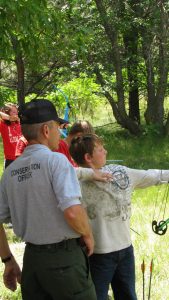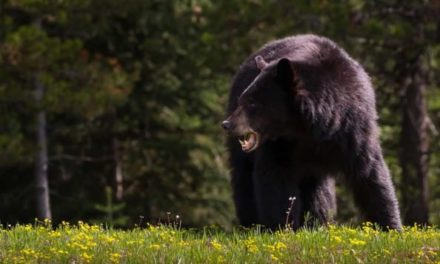In the 1800’s, the scene in America was somewhat lawless once you traveled west of the Mississippi. America was trying to save its natural resources, which were being over exploited at an alarming rate, but had little might in which to do so. Wildlife were in peril and they didn’t have many friends watching out for them!
The idea of a game warden is not new to America. In midieval times, Kings would often employ wardens to protect the King’s game, enforce the King’s laws, clear and maintain game trails, and just make it a bad idea to be caught poaching the King’s animals.
This idea was not lost as America began to develop itself as a world leader. In the 1850s, the landmark Public Trust decision by the US Supreme court made it clear that, in America, the wildlife belonged to all the people. A bold concept but not much comfort when you lack the ability to manage and protect those resources. Perhaps nobody did more than President Theodore Roosevelt to establish a conservation ethic in this country in which the people wanted to conserve their natural resources. A rather industrious idea of the time but without daring men and women to enforce the fledgling wildlife laws of the time, protection for state flora and fauna was a challenge.
At the turn of the century, the hiring of game wardens began in force. New forestry, fish and wildlife and natural resource majors in universities helped train a host of wildlife professionals and the game warden really began to become a state focused idea. New laws were also developing to protect wildlife such as the Lacey Act of 1900. These laws needed enforcement.
From the beginning, the game warden would be a somewhat different breed of law enforcement. They would face unusual situations that required advanced training. They would need to have grit, a passion for our natural resources and the ability to spend countless hours in the elements to protect our Nation’s wildlife. They were cut from a different cloth. Perhaps this idea is best emulated in the story of game warden Ernie Swift from Wisconsin. Ernie was a warden during the prohibition era of the roaring twenties. Ernie patrolled an area in norther Wisconsin that was commonly frequented by some of the countries most notorious bad guys the country had ever known including legendary names like Al Capone, Bugsy Moran, the Barker Karpes gang and many others. These outlaws used the site for a little rest and relaxation when the life of crime became a burden. The area was closed to fishing to protect valuable walleye spawning habitat. That law didn’t stop the outlaws from fishing there, and their notorious cloak of violence and danger didn’t stop Ernie from patrolling those waters, often alone, and busting these guys many times. To him, these were the people’s fish and they deserved protection, even in the face of certain danger.
This is the type of cloth our game wardens, today known as conservation officers, are cut from. They work tirelessly, many times in the face of danger, to protect our state’s flora and fauna. They are hunters, anglers, wildlife enthusiasts and citizens in your community. They are as tough today as Ernie was. They are appreciated and respected as a friend of the hunter, angler and outdoor enthusiast. Their job has not gotten any easier but thankfully, they put on their uniform and badge each day and head out into the unknown with the same goal as they did at the turn of the century…to protect our state’s wildlife and park resources and the people who enjoy them. It was George Perkins Marsh, author of the nationally acclaimed book “Man and Nature” and former ambassador to the Middle East in the 1800s who connected the prosperity of a nation to its land ethic. Thanks to our conservation officers and many other wildlife professionals who work tirelessly each day, our nation would appear to have a most prosperous future.


The post Cut From a Different Cloth appeared first on Nebraskaland Magazine.
















